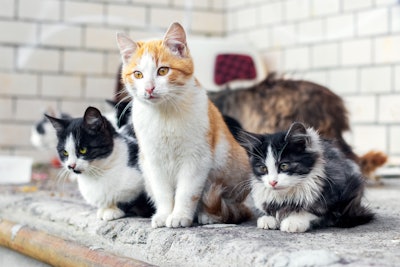
MVolodymyr | BigStock.com
As cat ownership rises globally, cat owners are becoming more interested in understanding how flavor preferences change throughout a cat’s life, making this an important factor in developing successful pet food products.
Cat owners are becoming more interested in understanding how flavor preferences change throughout a cat’s life.

As cat ownership rises globally, cat owners are becoming more interested in understanding how flavor preferences change throughout a cat’s life, making this an important factor in developing successful pet food products.